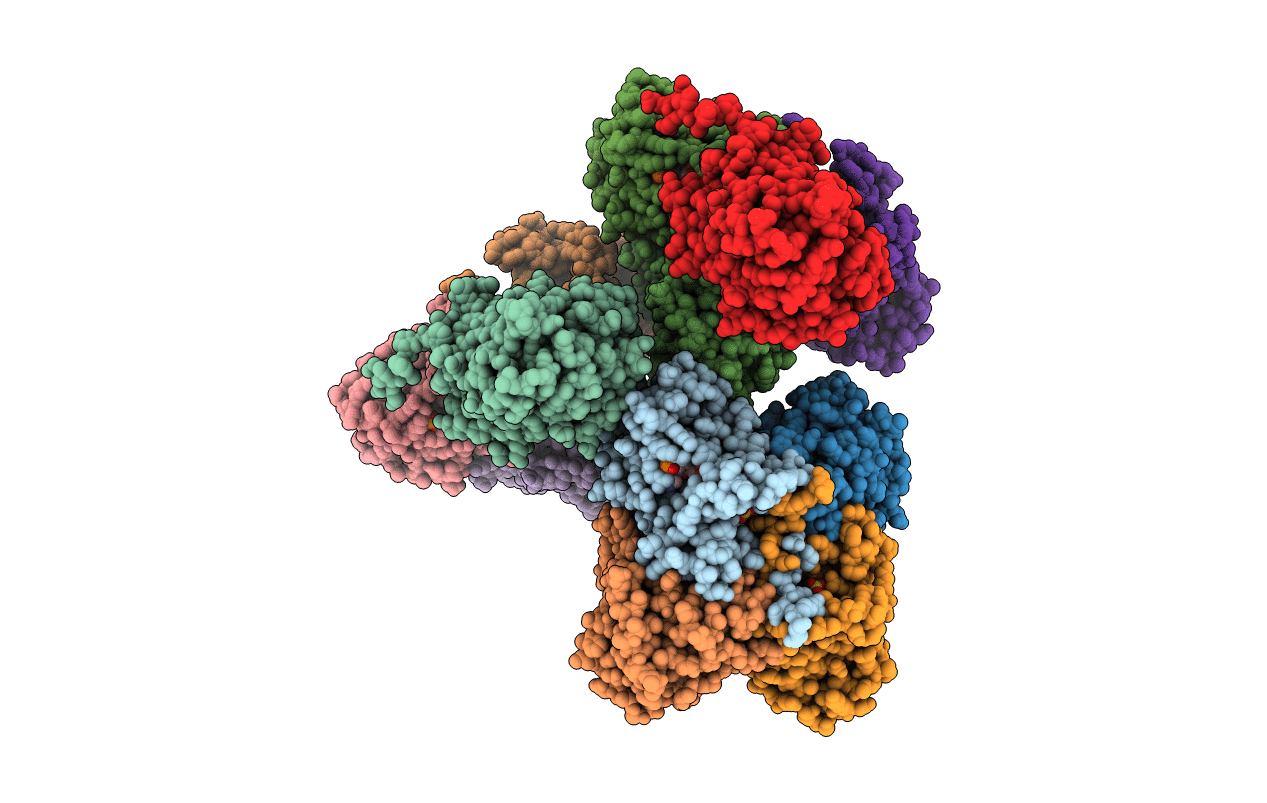
Deposition Date
2018-12-10
Release Date
2019-02-13
Last Version Date
2023-11-22
Entry Detail
PDB ID:
6IXJ
Keywords:
Title:
The crystal structure of sulfoacetaldehyde reductase from Klebsiella oxytoca
Biological Source:
Source Organism:
Klebsiella oxytoca (Taxon ID: 571)
Host Organism:
Method Details:
Experimental Method:
Resolution:
2.80 Å
R-Value Free:
0.23
R-Value Work:
0.19
R-Value Observed:
0.19
Space Group:
P 32


